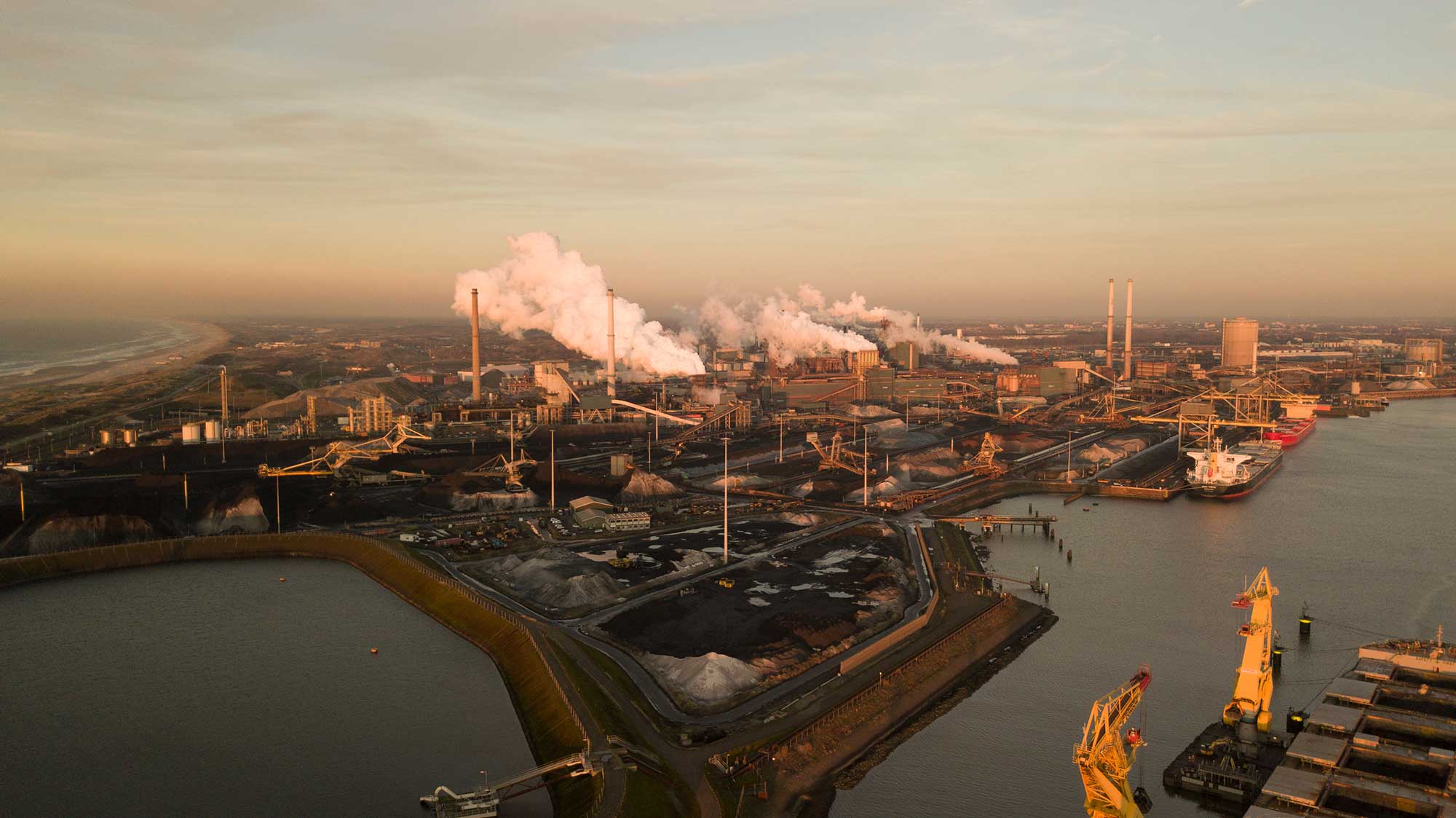This is the conclusion of a study by CE Delft and Carbon Market Watch, a not-for-profit organisation that keeps a close eye on the extent to which carbon pricing contributes to climate objectives.
Although carbon pricing was introduced to stimulate the greening of industry, between 2008 and 2019 the most CO2-intensive sectors (including aviation) in the EU made the largest additional profits as a result of this system: between € 30 and over € 50 billion. This was partly because the EU often allocated them more free emission allowances than they needed. In addition, companies were able to pass on part of the costs of reducing their CO2 emissions in their prices and were compensated for complying with the agreements.
Higher prices
The extra profits were highest in a number of sectors that emit a lot of CO2: the iron and steel sector (€ 11.9 to € 16.1 billion), followed by the cement sector (€ 7.1 to € 10.3 billion) and refineries (€ 5.9 to € 11.3 billion). The additional profits from higher prices more than outweighed the loss of market share due to the passing on of carbon costs.
CE Delft concludes that handing out free emission allowances does not support European climate policy. This measure was once introduced to prevent production being relocated outside the EU. To what extent that has succeeded is questionable, according to the researchers, because there may well be a loss of market share. They recommend looking at other ways of decarbonising European industries while keeping them globally competitive. According to CE Delft, this could be done by strengthening investment subsidies, such as the Innovation Fund, or by imposing a levy on imports of non-sustainably produced goods from outside the EU. These so-called Carbon Border Adjustment Mechanisms have already been proposed in the European Green Deal.
CE Delft’s report can be downloaded from the Carbon Market Watch website.
Image: MyStockVideo/Shutterstock.



